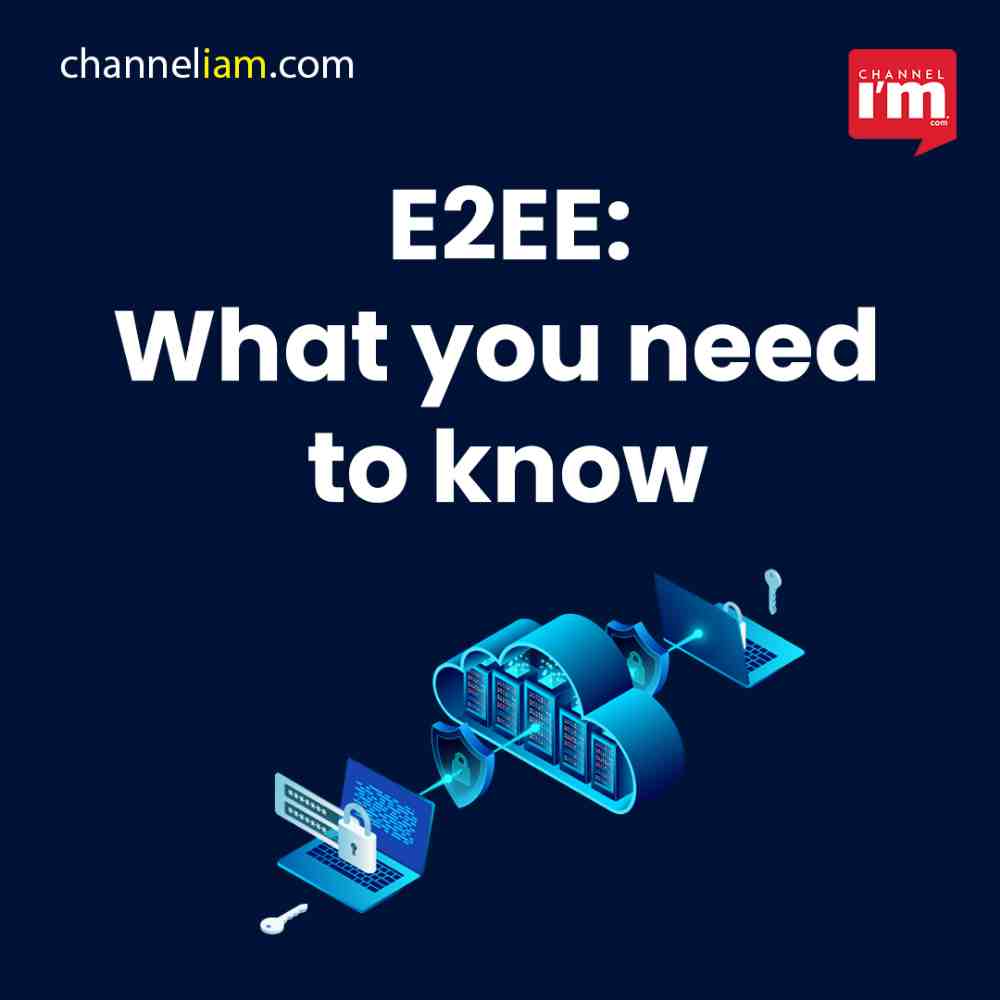Here are the functions, advantages, and disadvantages of end-to-end encryption

End-to-end encryption (E2EE) is a secure communication model that encrypts data on one device and only allows the recipient to decrypt it. This ensures that data is kept confidential and secure from unauthorised access. The encryption keys for E2EE are generated and stored on the devices of the sender and recipient, meaning that not even the service provider can access the data.
E2EE is becoming increasingly popular as people become more aware of privacy and security concerns related to digital communication. Many messaging apps, such as WhatsApp and Signal, now use E2EE as a default feature. However, it is important to note that while E2EE provides a high level of security for data in transit, it does not protect data at rest or from malware or other types of attacks. Additionally, end-to-end encryption may not be legal in some countries or in certain situations, such as in cases where law enforcement agencies need to access the data for criminal investigations.
E2EE ensures that the data is kept confidential and secure from unauthorised access, including the service provider itself. This is because the encryption keys for E2EE are generated and stored on the devices of the sender and recipient, meaning that not even the service provider can access the data.
Here’s how end-to-end encryption works:
- Encryption: The message or data is encrypted by the sender’s device using a unique key.
- Transmission: The encrypted message or data is transmitted over the public network to the recipient.
- Decryption: The recipient’s device decrypts the message or data using the unique key, which is only available to the intended recipient.
This process ensures that the message or data is secure and cannot be intercepted or accessed by any third party, including the service provider or other intermediaries involved in transmitting the message.
End-to-end encryption has become increasingly popular in recent years due to privacy and security concerns related to digital communication. Many messaging apps, such as WhatsApp and Signal, now use E2EE as a default feature. However, it’s important to note that while E2EE provides a high level of security for data in transit, it does not protect data at rest or from malware or other types of attacks. Additionally, end-to-end encryption may not be legal in some countries or in certain situations, such as in cases where law enforcement agencies need to access the data for criminal investigations.
Benefits:
- Privacy: E2EE ensures that no one, including service providers or government agencies, can access the messages or data being exchanged without the knowledge or consent of the sender or recipient.
- Security: E2EE protects against eavesdropping, tampering, and interception of messages or data in transit by hackers, cybercriminals, and other unauthorised parties.
- Confidentiality: E2EE ensures that sensitive information such as personal details, financial transactions, and health records are kept confidential and secure.
- Trust: E2EE can help establish trust between parties by providing an assurance that the messages or data being exchanged are authentic and have not been tampered with.
Drawbacks:
- Limited functionality: E2EE can limit the functionality of some services, such as search or analysis, as the service provider cannot access the encrypted data.
- Key management: E2EE requires proper key management, which can be complex and difficult to implement for some users.
- Risks of misuse: E2EE can be misused by criminals to conduct illegal activities, such as planning terrorist attacks, distributing child pornography, or conducting financial fraud, as the messages or data exchanged cannot be accessed by law enforcement agencies.
- Risks of forgetting password: E2EE often relies on strong passwords, and forgetting the password may result in losing access to the encrypted data.
Despite the drawbacks, the benefits of end-to-end encryption outweigh the potential risks, especially in situations where privacy and security are of paramount importance.
